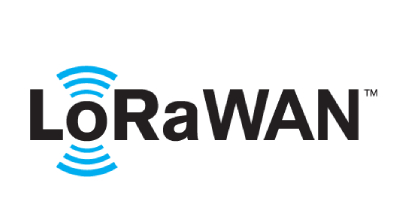
Maximize Your Agricultural Success with LoRaWAN Sensors
Lorawan sensors are a game-changer for agriculture. By providing real-time data on a range of factors that impact crop growth, Lorawan sensors can help farmers optimize their operations and boost crop yields.
In this article, we'll delve into the benefits of Lorawan sensors for agriculture, as well as how they work and how you can use them on your farm.
What are Lorawan Sensors?
Lorawan sensors are a type of wireless sensor that uses the Long Range Wide Area Network (LoRaWAN) protocol to transmit data. They are designed to operate over long distances (up to 15 kilometers in rural areas) with low power consumption, making them ideal for use in agriculture.
Lorawan sensors can be used to measure a variety of factors that are critical for crop growth, including temperature, humidity, soil moisture, and more. This data is transmitted wirelessly to a gateway, which then sends it to a cloud-based server for analysis and storage.
Why Use Lorawan Sensors in Agriculture?
Lorawan sensors provide a number of benefits for farmers. Here are just a few:
- Real-time data: Lorawan sensors provide real-time data on a range of factors that impact crop growth. This allows farmers to make informed decisions about how to optimize their operations and maximize crop yields.
- Increased efficiency: By automating data collection and analysis, Lorawan sensors can help farmers save time and increase efficiency. This allows farmers to focus on other important tasks, such as managing their crops and equipment.
- Better resource management: Lorawan sensors can help farmers optimize their use of resources, such as water and fertilizers, by providing accurate data on soil moisture and nutrient levels. This can help farmers reduce waste and improve their bottom line.
- Enhanced crop monitoring: Lorawan sensors can help farmers monitor their crops more effectively by providing real-time data on a range of factors that impact crop growth. This can help farmers identify potential problems early on, allowing them to take action to prevent crop damage or loss.
How Do Lorawan Sensors Work?
Lorawan sensors operate over the Long Range Wide Area Network (LoRaWAN) protocol, which is a low-power, long-range wireless communication standard. Lorawan sensors transmit data using radio waves, which are picked up by a gateway and sent to a cloud-based server for analysis and storage.
Lorawan sensors can be placed in a variety of locations on a farm, including in fields, greenhouses, and other areas where crops are grown. The sensors are usually connected to a power source, such as a battery or solar panel, which allows them to operate continuously.
Lorawan sensors can be programmed to transmit data at predetermined intervals, or they can be set to transmit data in real-time as conditions change. This allows farmers to monitor their crops and other factors in real-time, enabling them to take timely action to optimize their operations.
How Can You Use Lorawan Sensors on Your Farm?
There are many ways you can use Lorawan sensors on your farm. Here are a few examples:
- Monitor soil moisture: Lorawan sensors can help you monitor soil moisture levels in real-time, allowing you to optimize your irrigation practices and reduce water waste.
- Monitor temperature and humidity: Lorawan sensors can help you monitor temperature and humidity levels in your fields or greenhouses, allowing you to optimize your irrigation and ventilation practices.
- Monitor nutrient levels: Lorawan sensors can help you monitor nutrient levels in your soil, allowing you to optimize your fertilization practices and reduce waste.



